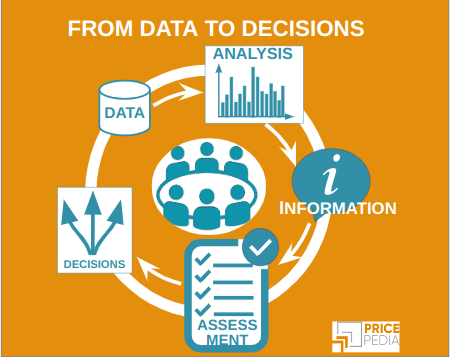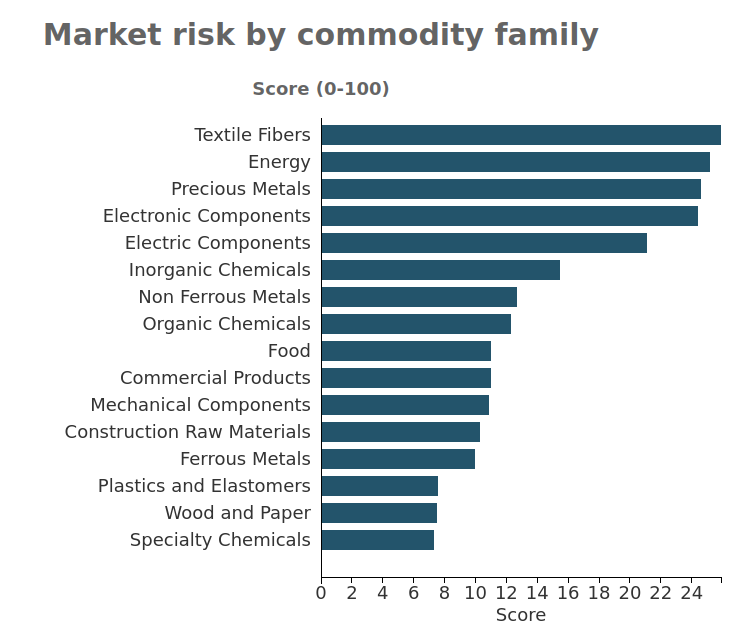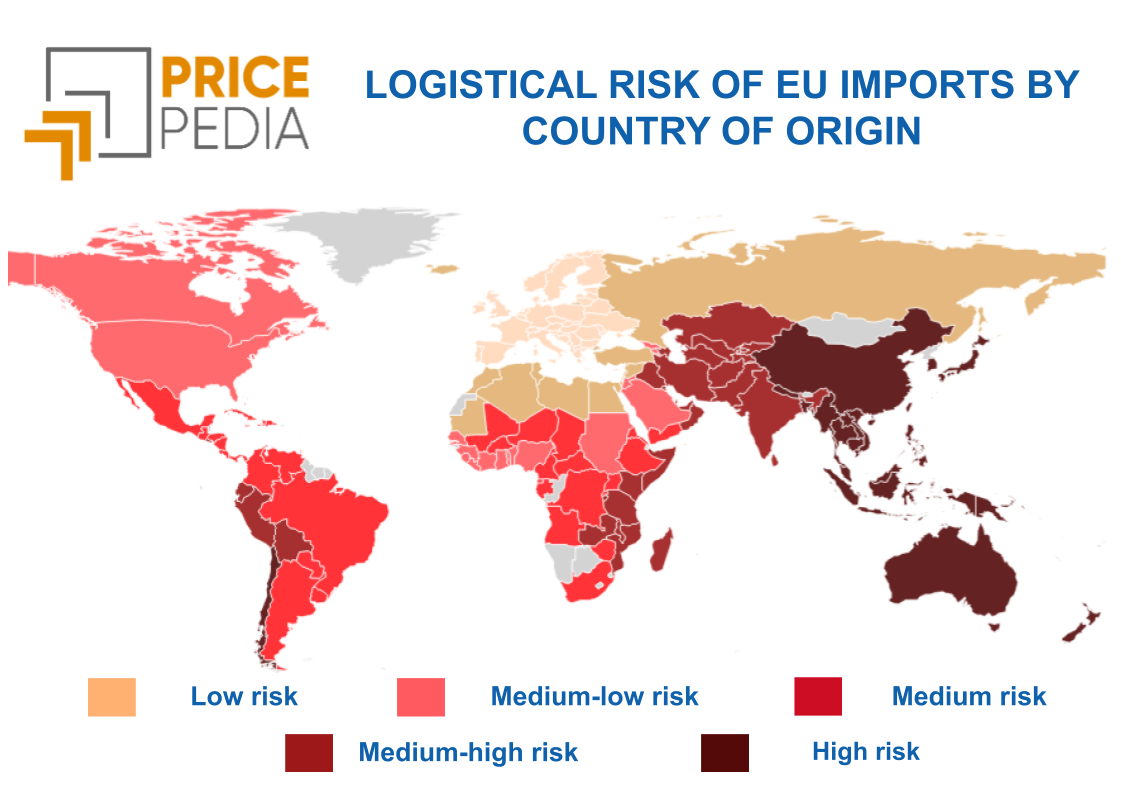From data to decisions: the case of the purchasing office
Data analysis is becoming increasingly important in the decision-making processes of purchasing departments too
Published by Luigi Bidoia. .
Procurement Management
One of the certainties of management theory and practice is the importance of relevant information to support decision-making processes. Relevant information is, in fact, a key resource for managers. They allow you to reduce uncertainty and increase the probability of success of the decisions made. They also allow you to identify potential threats and opportunities earlier and improve risk management.
Information relevant to a decision-making process can be obtained in various ways:
- media coverage: includes articles, reports and analyzes from newspapers, television, news websites and trade magazines;
- specialized documentation: access to sector studies, research reports, academic publications and official documents;
- interactions with professionals: conversations, interviews and exchanges of opinions with industry experts, colleagues and professionals;
- customer feedback: reviews, surveys, direct feedback and market studies that reflect the experiences and opinions of consumers;
- data analysis: collection, processing and interpretation of quantitative and qualitative data, using data analysis tools and business intelligence software.
Among the different ways listed, the analysis of quantitative data is the one that is becoming more and more efficient, reducing its costs, thanks to the growing availability of data and the development of easy-to-learn and easy-to-learn analysis tools. of use. This applies to data from internal sources of companies, but above all to those from external sources, which are experiencing a phase of strong development. In the case of external sources, the clarity of the source of the data, of the facts of which they are a measure, and of the quality of this measure is fundamental. It is clear that if the facts to which the data refer are not clear or they are measured in an approximate way, the information that can be extracted from their processing will be of little use and could lead to wrong decisions.
Decision making based on data and its analysis is often called data-driven decision making (DDDM). The following infographic shows a representation of this process. It allows you to move from data to decisions, passing through their analysis, the extraction of relevant information and their evaluation, finally arriving at the actual decision-making phase. This process can involve many subjects with specialized skills or a few subjects with multiple skills.

The collection of data, their analysis and the extraction of relevant information can be more or less effective depending on how clear and shared the characteristics and objectives of the decision are. In the case of commodities, semi-finished products or components purchased by a purchasing office, the possible decision-making processes, based on information extracted from prices, are:
- the choice of when and how much to buy (purchase timing);
- the definition of achievable objectives during the negotiation phase with the supplier;
- the cost indications to be provided to the company's management to support its price policies;
- the definition of the purchase budgets;
- the evaluation of suppliers.
For each of these cases it is important to define which pricing measures can be useful, the process by which to extract the relevant information and how to use it to improve decision outcomes. This analysis will be the subject of subsequent articles, each dedicated to a specific decision-making process.


